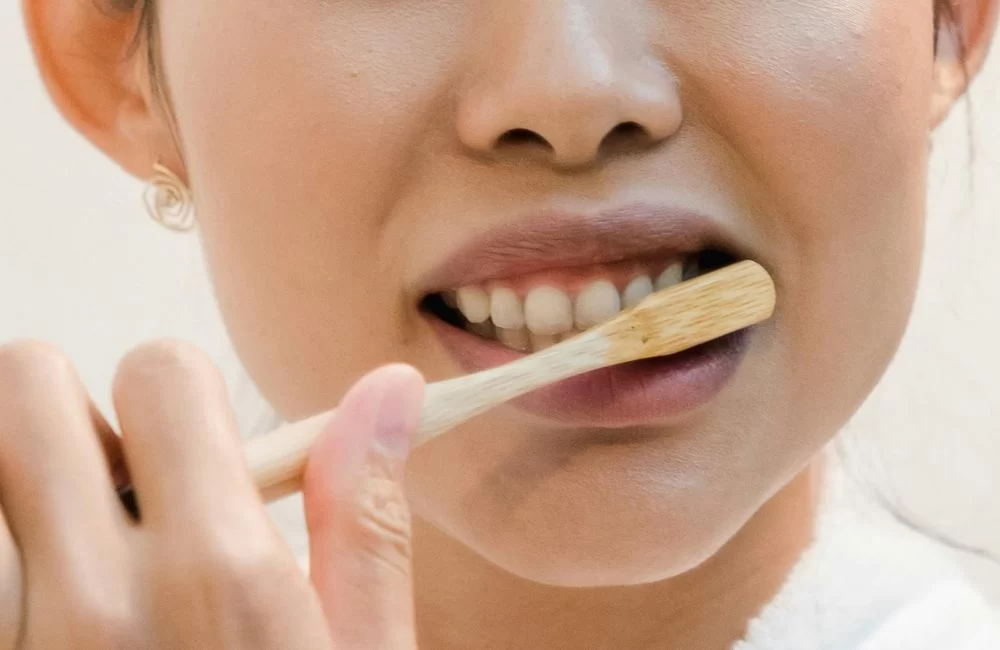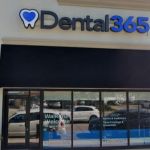
How to Improve Your Oral Hygiene Routine at Home: Essential Tips for Better Oral Health
- 1. Brushing Tips: How to Brush Effectively
- 2. Flossing Techniques: Why and How to Floss Daily
- 3. The Benefits of Mouthwash for Your Oral Hygiene
- 4. How Diet Affects Your Oral Hygiene Routine
- 5. Common Mistakes to Avoid in Your Oral Hygiene Routine
- 6. Recommended Products for Enhancing Your Oral Hygiene
1. Brushing Tips: How to Brush Effectively
The foundation of a good oral hygiene routine is proper brushing. Brushing your teeth twice a day for at least two minutes is essential for removing plaque and preventing cavities. Many people, however, don’t realize that the technique is just as important as the frequency. Here are some tips to ensure you're brushing effectively:
- Use the right toothbrush: Opt for a soft-bristled toothbrush to avoid damaging your enamel. Electric toothbrushes are also a great option, as they tend to remove more plaque.
- Angle the brush: Hold your toothbrush at a 45-degree angle to your gums. Gently move the brush back and forth in short strokes.
- Don't forget the tongue: Bacteria can build up on your tongue, leading to bad breath. Use your toothbrush or a tongue scraper to clean your tongue after brushing.
- Replace your toothbrush regularly: Change your toothbrush every three to four months, or sooner if the bristles are worn down.
By following these simple brushing tips, you’ll be taking a significant step toward improving your oral hygiene routine at home.
2. Flossing Techniques: Why and How to Floss Daily
Flossing is often overlooked, but it is an essential part of your oral hygiene routine. Flossing helps remove plaque and food particles between your teeth that your toothbrush simply can’t reach. Regular flossing can prevent gum disease, cavities, and bad breath. Here’s how to do it correctly:
- Use a proper amount of floss: Cut a piece of floss about 18 inches long. Wind most of it around your middle fingers and hold the remaining floss between your thumbs and forefingers.
- Gently insert the floss: Glide the floss between your teeth using a gentle rocking motion. Avoid snapping it into your gums.
- Curve the floss: Curve the floss around each tooth in a C-shape and move it up and down to clean the sides of the tooth.
- Don’t forget the back teeth: Be sure to floss the back of your last teeth, as they’re prone to buildup.
Incorporating flossing into your daily routine can significantly enhance your oral hygiene, helping to prevent gum disease and tooth decay.
3. The Benefits of Mouthwash for Your Oral Hygiene
Mouthwash is a great addition to your oral hygiene routine, offering benefits that go beyond brushing and flossing alone. While it can’t replace these essential tasks, it serves as an excellent complement. Here's how mouthwash contributes to your oral health:
- Freshens breath: Mouthwash helps eliminate bad breath by killing the bacteria responsible for odor.
- Reduces plaque: Some mouthwashes contain antimicrobial agents that reduce plaque buildup and prevent gingivitis.
- Helps prevent cavities: Fluoride mouthwash can help strengthen tooth enamel, providing extra protection against cavities.
To get the most out of mouthwash, use it as part of your daily routine after brushing and flossing. Just be sure to choose a mouthwash that is alcohol-free and suits your specific needs.
4. How Diet Affects Your Oral Hygiene Routine
Your oral hygiene routine isn’t just about what you do on a daily basis; what you eat also plays a significant role. Certain foods and drinks can contribute to plaque buildup, cavities, and gum disease, while others promote strong, healthy teeth. Here are some tips on maintaining a diet that supports good oral health:
- Limit sugary foods: Sugary snacks and drinks are a leading cause of tooth decay. Bacteria in your mouth feed on sugar, producing acids that attack your enamel.
- Eat more fiber: Foods like apples, carrots, and celery help stimulate saliva production, which neutralizes acids and helps protect your teeth.
- Drink water: Water helps rinse away food particles and bacteria. It also promotes saliva flow, which is essential for neutralizing acids in your mouth.
By adjusting your diet, you can support your oral hygiene routine at home and keep your teeth and gums healthy for the long term.
5. Common Mistakes to Avoid in Your Oral Hygiene Routine
Even with the best intentions, many people make mistakes in their oral hygiene routines that can compromise their dental health. Here are some common mistakes and how to avoid them:
- Brushing too hard: Brushing too vigorously can damage your gums and enamel. Use gentle pressure when brushing to avoid irritation.
- Skipping flossing: Even if you brush regularly, neglecting to floss can leave food particles and plaque between your teeth. Always floss at least once a day.
- Using the wrong toothbrush: A hard-bristled toothbrush can cause more harm than good. Choose a soft-bristled toothbrush that is gentle on your gums and enamel.
Avoiding these mistakes can make a significant difference in the effectiveness of your oral hygiene routine.
6. Recommended Products for Enhancing Your Oral Hygiene
In addition to brushing, flossing, and using mouthwash, the right products can help you improve your oral hygiene routine at home. Here are a few recommended products to consider:
- Electric toothbrushes: Electric toothbrushes, like the Sonicare or Oral-B models, are proven to remove more plaque than manual brushing.
- Floss picks: If traditional flossing is difficult, floss picks are a convenient and effective alternative for cleaning between your teeth.
- Water flosser: A water flosser, like Waterpik, is an excellent tool for those with braces or dental implants, as it cleans areas that floss may miss.
To enhance your oral hygiene routine at home, visit Dentistry Toothtruth for more product recommendations and expert dental care tips.







 Jody B Vance, DDS, MS, PC4.0 (119 review)
Jody B Vance, DDS, MS, PC4.0 (119 review) Steven L Kim DDS5.0 (59 review)
Steven L Kim DDS5.0 (59 review) Dental365 - Bellmore4.0 (318 review)
Dental365 - Bellmore4.0 (318 review) Toothbeary Pediatric Dentistry4.0 (101 review)
Toothbeary Pediatric Dentistry4.0 (101 review) Evergreen Park Dental4.0 (23 review)
Evergreen Park Dental4.0 (23 review) Avella Family and Implant Dentistry4.0 (425 review)
Avella Family and Implant Dentistry4.0 (425 review) The Importance of Oral Health Education During Pregnancy for a Healthy Pregnancy
The Importance of Oral Health Education During Pregnancy for a Healthy Pregnancy Best Tips for Brushing Your Teeth Properly for Healthy Gums: Essential Techniques for Oral Health
Best Tips for Brushing Your Teeth Properly for Healthy Gums: Essential Techniques for Oral Health Why Skipping Dental Checkups Can Lead to Bigger Oral Health Problems
Why Skipping Dental Checkups Can Lead to Bigger Oral Health Problems Advantages of Porcelain Dental Restorations
Advantages of Porcelain Dental Restorations How Can Diabetes Cause Tooth and Gum Problems? Preventing and Managing Oral Health Issues
How Can Diabetes Cause Tooth and Gum Problems? Preventing and Managing Oral Health Issues Healthy Habits for Promoting Good Oral Health and Hygiene: Tips for a Healthy Smile
Healthy Habits for Promoting Good Oral Health and Hygiene: Tips for a Healthy Smile